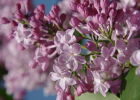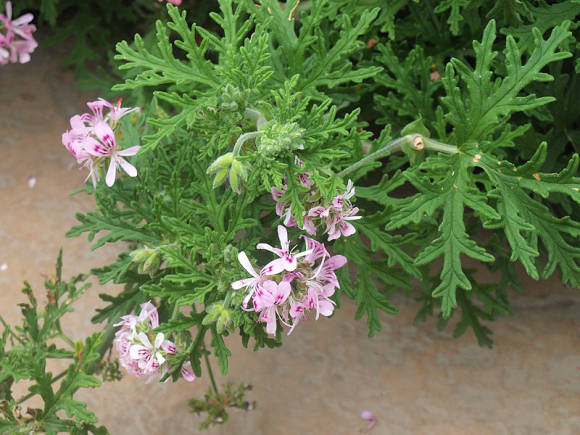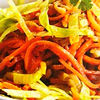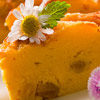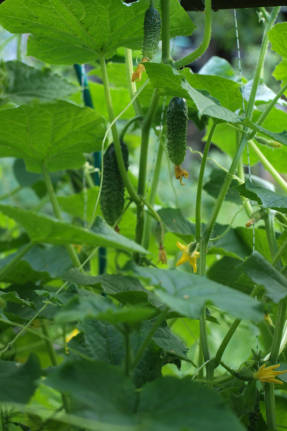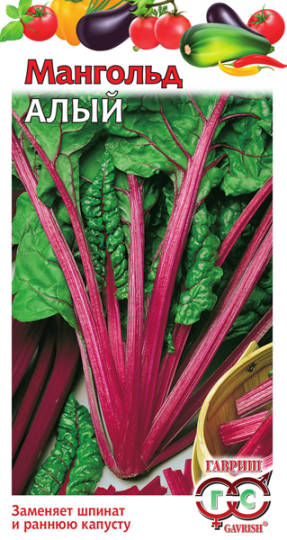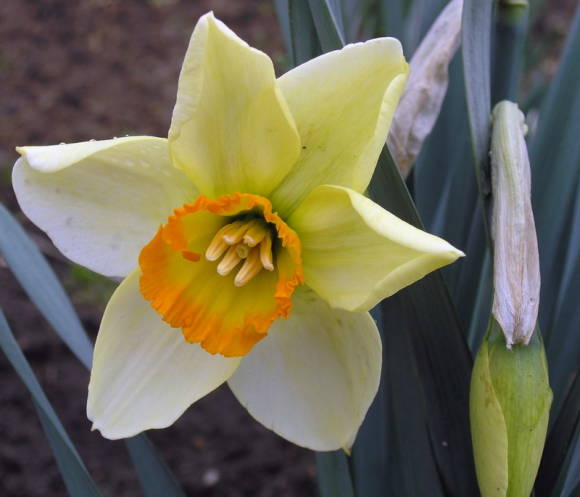
What trees and shrubs are decorative not only in summer but also in winter? Of course, conifers - everyone will answer this question. But there is still a number of deciduous woody plants, which, despite the frost and snow cover, decorate the garden no worse - with bark, bright buds, crown structure, fruits.
So let's go to the world of winter fairy tales and beauty!

Let's start with something close and dear, let's start with birch, but not simple, drooping, but its varieties birch Jacquemont (Betula utilis var. jacquemontii), or Himalayan birch. It is distinguished by an extraordinary, as if "frozen out" ideal white color of the bark, on which small growths in the form of elongated droplets are visible. Of course, the plant is not ideal - in places where the trunks branch off at an acute angle from the central shoot, sometimes old leaves and other debris accumulate, and this somewhat spoils the general appearance of the birch. Especially, birch is beautifully overcame on black, like coal, soil. Planted with a dozen of these birches fascinate the spirit. When the last foliage falls in autumn, it seems as if snow-white hands reach for the sky. A birch can be planted often, the distance from each other is only two meters. You can plant it as a separate group, or simply along the perimeter of the site, especially if the soil is rich in moisture, the Himalayan birch loves such places.
The Himalayan birch is not afraid of frost, adores the abundance of light, however, it grows in light partial shade no worse than in an open area. As for the soil, it is better to choose moist soil, but well-drained - it loves water, but will not grow in a swamp.
By the way, about growth: you should not expect high growth rates, especially for those who are impatient, we advise you to purchase a birch with a clod of earth - a large-sized one. Consider when placing a plant that it can reach 15 meters in height with a crown width of 6 meters.

Cherry finely sawed (Prunus serrulata). Looking at this plant, which often does not have a definite clear trunk and in appearance resembles more a bush than a tree, it sometimes seems that it is assembled from rings superimposed on one common pin and securely fastened so that no gaps are visible between them. The bark of a serrate cherry is shiny and smooth, very densely covered with lenticels, in addition to such a bizarre structure, it has a brown-brown tint, and with age, the old bark begins to be replaced by a new, young one. This usually happens under the influence of the wind, the bark literally peels off in pieces, then this bush from a distance resembles trees of desires, to which ribbons with various requests are tied. In winter, this shrub will definitely decorate your site, as it will look good against the background of a snow-white cap of snow, literally emerging from it. We can say that it is in the fall that its beauty wakes up. The second name of this cherry is Tibetan cherry, it is considered a multi-stemmed unpretentious plant, naturally feeling better on rich soils. It requires plenty of light, a lot of moisture, but does not tolerate its prolonged stagnation in the near-trunk zone. The tree does not require additional care, pruning, except for sanitary, and warm winters.
And here for you willow white(Salix alba)... It is distinguished by rather erect shoots, painted in a carrot-scarlet color, this is especially pronounced in the yolk-yellow variety - Vittellina with thin golden-yellow shoots, as well as Britzensis cultivar with fiery orange young twigs.

White willow grows as a dense bush with dozens of shoots of its components and looks especially gorgeous near artificial or natural reservoirs. If you are not amazed by the "redness", then decorate your site with gold by planting a Golden Ness cultivar.
Impatient designers like that this culture grows by leaps and bounds, grows in just one warm period up to 3 m, and its maximum height is 8 m, especially in an open and well-lit place with drained and damp soil ... You will not scare this plant with drought or severe frosts, so plant it boldly.

Another plant more or less familiar to us is maplebut not simple, Gray(Acer griseum). What is it good for? Its amazing bark literally amazes, it is gray-brown in color, similar to chocolate, and exfoliates as if it were drawn along the edge of a knife along a bar of chocolate. The result is something like a flap that can be torn off. The whole tree is covered with such patches. From a distance this phenomenon is mesmerizing, at first the foliage falls, and then, already in winter, "chocolate" curls of bark begin to fall right on the snow. A real miracle on your site. Many people say that the gray maple is a magic tree, it is worth touching it, hugging it, whispering some kind of illness, tearing off part of the peeled bark and letting it go down the wind, as the illness or resentment will disappear from you forever. It seems as if the gray maple consists of only advantages, but no, the disadvantages include its slow growth, a height exceeding 10 m and, most importantly, the crown diameter, sometimes reaching eight meters. Not every gardener has such a plot to withstand such a colossus ...
As for frosts, gray maple will transfer to -48 degrees below zero, this is almost a record, and only bird cherry can argue with it in this matter. Despite its winter hardiness, it is better to plant gray maple in the most open area, only a light shade is permissible, but the soil must be loose and nutritious. And don't forget about sanitary pruning, all maples need it.
Common hazel Kontorta(Corylus avellana 'Contorta'). Many will say, what's wrong with hazel? But if you lead a person and tell him in advance that he will soon see how hazel grows with me and bring him to such a fence, literally woven from the shape of Contort, then this person feels a shock - the fence is a thousand bent, like a ball of snakes, shoots, and suitable color - grayish-greenish. An amazing sight in winter.

The hazel bark itself is usually brown in color; in Kontorta, the shoots differ slightly from it in the direction of green. As for growth, this is a shrub that can reach a maximum of 4 meters, on fatty, nutritious soil and an open and well-lit sunny area. Hazel of this variety needs only sanitary pruning, it is frost-hardy and practically does not get sick (sometimes lichens or moss can settle on the bark, that's all).

Rowan, you tell me what is special about it? In fact, a lot, take at least an ordinary weeping rowan (Sorbus aucuparia ‘Pendula’), it is good in that it has drooping shoots, which, intertwining, form a bizarre crown that looks like it is entangled in itself. In winter it looks spectacular, and powerful shields with fruits add charm - dense and bright orange in winter. In addition to this variety, rowan has grown with varieties, the fruits of which do not fall, but hang on the branches for most of the winter, until the birds peck them. The shields with the orange fruits of the Nevezhinskaya mountain ash, bright red at Buzinolistnaya, black at Likernaya and red-brown at Burka are very impressive. The mountain ash can be planted as a specimen or a group plant. They say that she is able to drive away illnesses and bad thoughts from the house.
Viburnum - a rather unpretentious plant, capable of growing even on waterlogged soil and flaunting in winter with fruits collected in loose shields. In most traditional viburnums, they are bright scarlet, noticeably standing out against the background of snow, but there is also a viburnum with yellow fruits - this is just a selective form of common viburnum (Viburnum opulus) with fewer anthocyanins, as well as viburnum, which has black fruits - viburnum Bureinskaya, or Buryat, or black (Viburnum burejaeticum). Black fruits are also inherent in Kalina gordovina (Viburnum lantana), this species loves open and well-lit areas, and, finally, Canadian viburnum (Viburnum lentago) - it has blue-black fruits.
 |  |  |

Derain white(Cornus alba). Another interesting name for it is white svidina. In winter, its shoots are painted in a cherry-scarlet hue. If possible, then white dogwood can be combined with Himalayan birch, planting at its base.The deep roots of the Himalayan birch will not notice the relatively small root system of white turf above them, and framed by shoots blazing with a fire, birches in winter will look especially gorgeous and simply magnificent in areas where a moderate amount of snow falls, because winter-hardy turf that can withstand severe frosts, a high snow cover is not needed at all, although the height of an adult plant sometimes reaches 3 m and it is unlikely that there will be so much snow that it will cover the whole turf. It is interesting that the white dogwood "acquires" its red outfit precisely in late autumn, just when the landscape around becomes dull white.
Derain white never gets sick, is not afraid of drought and is tolerant of moisture stagnation. It is best to prune the plant in early spring in order to achieve maximum tillering and to deprive old and broken shoots.
 |  |  |
Derain blood red(Cornus sanguinea). Already in summer this species has shoots of the color of carrot juice, but in winter they simply turn crimson-red, which, combined with a very dense arrangement of shoots from a distance, resembles a fire that was kindled in the snow. This plant can be planted both separately and in groups, framing anything with it - garden paths, site boundaries, and so on. Such a number of variants with a plant is possible due to the fact that its growth is much lower - only 1.5 m. To the soil, red turf is completely undemanding, does not get sick and even prefers more deaf areas where partial shade reigns.
Another red spot on your site covered with snow-white, velvet snow is scion grass(Cornussericea). This plant is something between the two described above, its growth is about 2 m, and a bush that has up to a hundred shoots can grow up to almost 4 m.This turf is simply amazing against the background of white snow, a dense hedge , framing plots and other things. Dense, scarlet or bright green shoots with buds of the same color look as if they were specially painted with spray paint - we advise you to plant them. The advantage of deren is also the fact that it grows very quickly and does not require any personal care, except that it needs to be watered more often, because it is afraid of dry soil.

Well, let's finish with perhaps the most spectacular skumpa tannery(Cotinus coggygria), a plant, as if imported from another planet. All year round, the tanning skumpia is pleasing to the eye, as if it was worked on by the most dedicated gardener who does without days off.
Legend says that Adam or Eve secretly "behind the cheek" brought out the seeds of the skumpia tannery straight from Paradise. Throughout the winter, the plant strikes with purple shoots, so bright that they seem to glow even through a thick pillow of newly fallen snow. Scumpia are not afraid of frosts, it does not get sick, and if your scumpia bush has lived for many years, then in early spring with a sharp pruner, simply remove about a quarter of the old shoots and the plant will rejuvenate.
Another interesting late flowering plant - Heptakodium myconium in winter and summer
This is not a complete set of winter ornamental plants. There are others, decorative with bright buds, trunks and shoots. If you often visit the country in winter, you simply need them!
